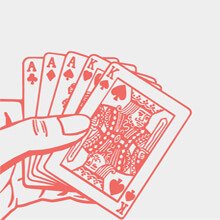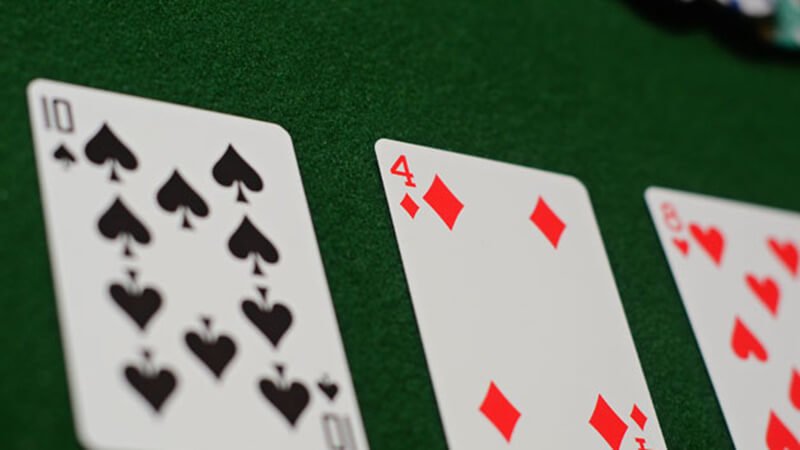
Poker Bankroll Management
- Bankroll management is important due to so many chance factors in the game
- How much of your bankroll is the ideal amount to play with at any one time?
- Avoid going broke after a few bad beats by pacing yourself correctly
Poker Bankroll Management is a key concept that experienced players use to ensure profitable poker play. Ignoring poker bankroll management, or using this incorrectly is the number one reason why poker players go broke. This article will explain why bankroll management is important, and will give some guidelines to ensure that your use of bankroll management is appropriate for your game type and playing style.
The main reason that bankroll management is important in poker is due to the chance factors, or variance in the game. We will demonstrate the effects of variance first and then go on to explain how different game types (cash games, tournaments and sit and goes) and personal playing styles such as loose-aggressive and tight-aggressive affect the amount of variance you will experience.
Good poker play involves getting your money into the pot when you are a favourite to win the hand as often as possible. The trouble is that you are not always able to get the money in when you are certain to win the pot. Most times being an 80% favourite (with a pair against a lower pair) or a 70% favourite (with Ace-King against a lower Ace) are the best you will do.
Variance will play a part in these hands, 2 or 3 times out of 10 you will lose a big pot when a big favourite pre-flop. You have to play, as this is where the profit in poker comes from – you also have to protect yourself from going broke.
This is where the foundation of poker bankroll management lies. You need to divide up your poker bankroll so that experiencing a few “beats” as described above will not use up too much of your money. The ideal is to only use a small percentage of your poker bankroll in any one game. This way losing in a situation where you are favourite to win will only have a small impact on the total – allowing you to show a profit over time.
The question is this, how much of your bankroll is an ideal amount to play with at any one time? The answer actually depends on two factors. Firstly what type of poker game you play and secondly your personal situation and playing style.

Poker Bankroll Management Basic Guidelines
Here are some basic guidelines.
- Poker Cash Games – 15 to 20 times your buy-in level.
- Sit and Goes – 20 to 30 times your buy-in level.
- Tournaments – 30 to 50 times your buy-in level.
The reason that tournaments and sit and goes have a higher number of buy-ins is due to the higher variance involved in these games. Especially with multi-table tournaments you will finish out of the money often, cash sometimes and only reach the big prizes of the final table once in a while. The results of sit and go professionals show that a run of 10 out of the money finishes is common – even for a winning player, and that 20 is not statistically unusual.
Finally, more personal factors are important when considering poker bankroll management. The professional online poker player will have higher requirements than someone who plays for leisure and profits. While the recreational player can reload their bankroll after going broke, the professional may rely in this money for their income. Likewise a loose and aggressive poker player may show a bigger profit than a tight player over time. However, the nature of their game brings more variance into play, and thus requires stricter poker bankroll management discipline.
To summarise, bankroll management in poker is key in avoiding going broke due to the natural variance in the game. The ideal is to play with only a small percentage of your bankroll at any one table. The exact amount is affected by many factors including your game type, personal circumstances and your playing style.